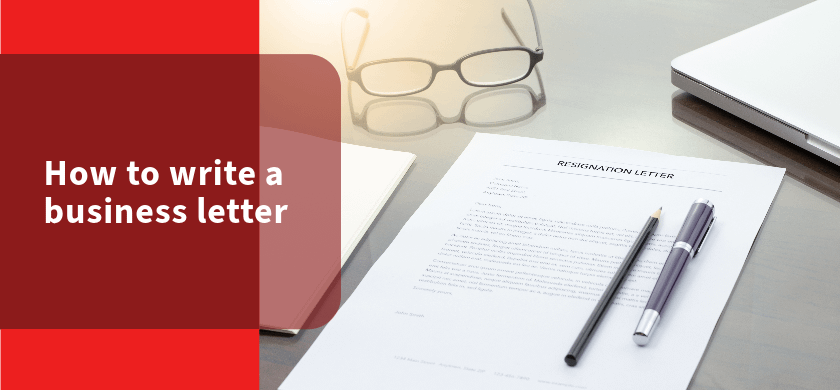1. Introduction
In today’s digital age, where emails and instant messaging dominate communication, the art of writing a business letter may seem archaic. However, it remains a valuable skill, especially in formal settings. Whether you’re applying for a job, making a formal request, or addressing a matter of importance, knowing how to craft a well-structured business letter can make a significant difference. In this guide, we’ll walk you through the essential steps and provide valuable insights to help you master the art of writing a business letter.
2. Understanding the Purpose
Before diving into the specifics, it’s crucial to understand the purpose of your business letter. Whether it’s to persuade, inform, request, or express gratitude, a clear understanding of your goal will shape your letter’s content and tone.
3. Formatting Your Business Letter
The Structure
A well-organized business letter typically consists of the following elements:
- Date
- Sender’s Address
- Recipient’s Address
- Salutation
- Body
- Closing
- Signature
Professional Fonts and Margins
Maintaining a professional appearance is essential. Stick to standard fonts like Arial or Times New Roman and ensure adequate margins for readability.
4. Addressing Your Recipient
The Salutation
Address the recipient formally unless you have a close professional relationship. Use “Dear Mr. Smith” or “Dear Dr. Johnson” rather than informal salutations.
5. Crafting the Body
Clear and Concise Language
Your message should be clear and to the point. Avoid using overly complex language or jargon that may confuse the recipient.
6. How to Write a Business Letter
Now, let’s delve into the specifics of writing a business letter:
6.1. Start with a Strong Opening
Your opening sentence should grab the recipient’s attention and provide context for your letter’s purpose.
6.2. Body Content
Elaborate on the purpose of your letter, providing relevant details, explanations, or supporting evidence.
6.3. Politeness and Professionalism
Maintain a polite and respectful tone throughout the letter, even if addressing a complaint or disagreement.
6.4. Call to Action
Clearly state what you expect from the recipient, whether it’s a response, action, or decision.
7. Closing Your Business Letter
Sincerely or Yours Truly
End your letter with a closing phrase followed by your signature. Common closings include “Sincerely” or “Yours Truly.”
8. Adding Enclosures and CC
If you’re attaching documents or sending copies to others, mention it at the end of your letter.
9. Proofreading and Editing
Before sending your letter, proofread it carefully for errors in grammar, spelling, and punctuation. An error-free letter demonstrates professionalism.
10. FAQs about Writing Business Letters
Here are answers to some frequently asked questions about writing business letters:
How long should a business letter be?
A business letter should typically be concise, ranging from one to two pages. Avoid unnecessary details and keep your message clear and focused.
Is it necessary to send a hard copy of a business letter?
In today’s digital age, sending a hard copy is not always required. An email with a well-crafted letter as an attachment can suffice in many situations.
Can I use contractions in a business letter?
Contractions like “can’t” or “won’t” are generally considered informal and should be avoided in formal business correspondence.
How can I make my business letter stand out?
To make your business letter stand out, use high-quality paper, consider a handwritten signature for a personal touch, and ensure your content is well-structured and compelling.
What should I do if I don’t know the recipient’s name?
If you don’t know the recipient’s name, you can use a general salutation like “To Whom It May Concern.” However, try to find the recipient’s name whenever possible for a more personalized touch.
Is it acceptable to use templates for business letters?
Using templates can be a time-saver, but ensure you customize them to suit your specific needs and maintain a professional tone.
11. Conclusion
Mastering the art of writing a business letter is a valuable skill that can open doors and enhance your professional communication. By following these guidelines and tips, you’ll be well-equipped to craft effective and impactful business letters for any situation.

